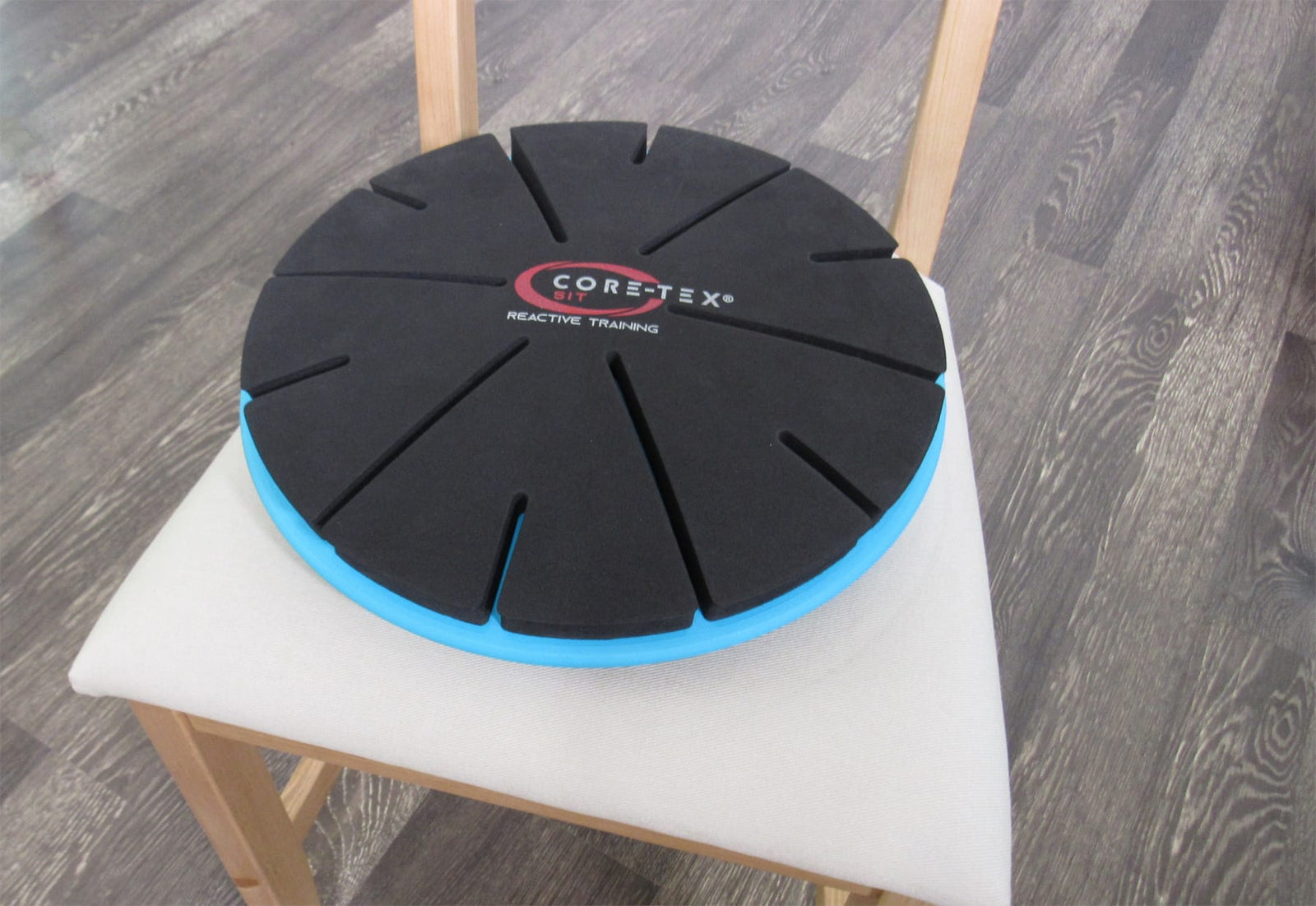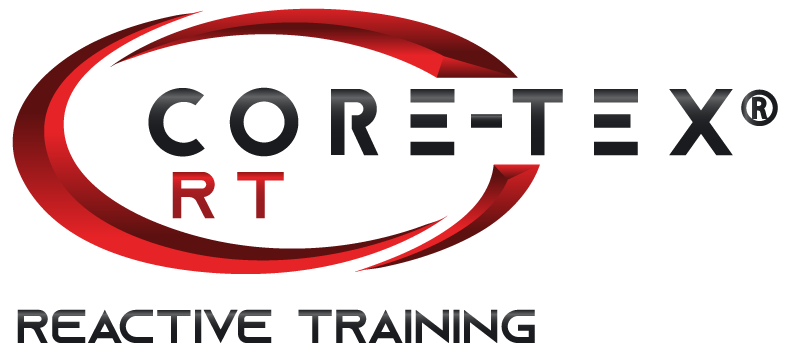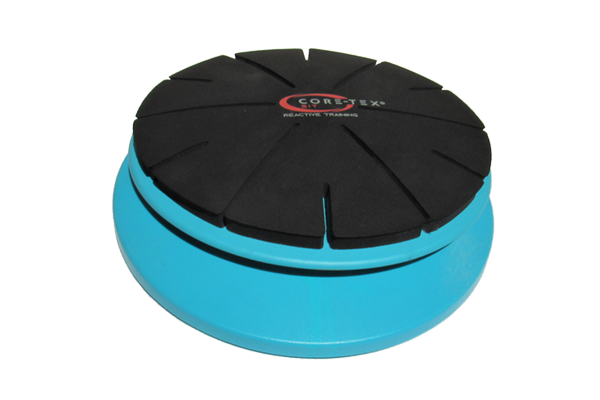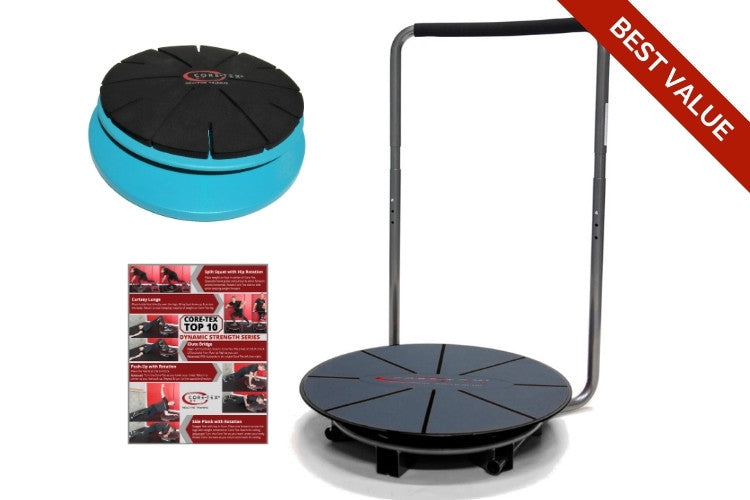
Core-Tex Sit
Core-Tex Sit
Add some core work to your Glute Bridge when your upper body is supported on your Core-Tex Sit. As you move through the primary movement at the hips, the trunk motion on Core-Tex Sit has to be controlled from the hips to the core. The motion of the trunk will also influence how the hip muscles work, adding some valuable variability to how the muscles are get stronger.
Shoulder stabilizers and core stabilizers are put to work when we place one hand in the center of your Core-Tex Sit. Controlling and stabilizing the responsive motion of Core-Tex Sit adds an entirely new experience to this traditional strengthening exercise.
Ordinary planks are boring and can have diminishing returns. A plank with your hand on Core-Tex Sit keeps it interesting and has ongoing value due to the variability of the challenges Core-Tex Sit will present to your core stabilizers. It's going to a little different every time, keeping the benefits coming.
By placing one foot on your Core-Tex Sit while doing a Glute Bridge, the body will work to adjust to and stabilize against all of the motions of Core-Tex Sit. This adds new challenges to the glutes, hamstrings and lower back that you won't get with both feet on the floor.
The Foundational Five are purposeful movements that you can follow along with to introduce therapeutic movements for your lower back, pelvic floor and hips.
In this video, Dr. Leeds provides some helpful ways to expand your options with Core-Tex Sit. She shares some simple adjustments that allow you to increase or decrease the challenges and complexity of your movements on your Core-Tex Sit.
















